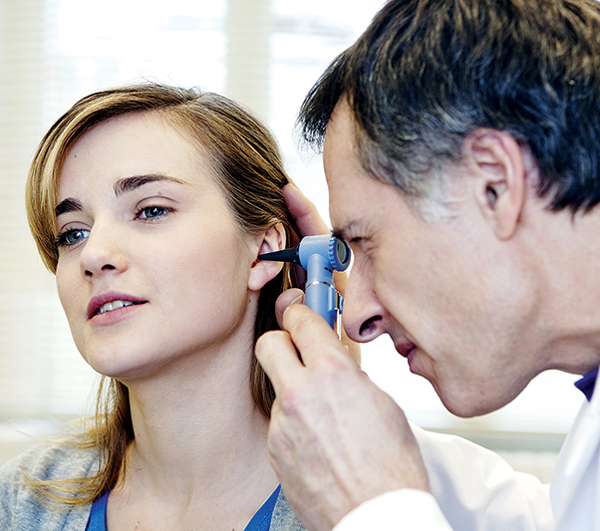
Restoring Hearing: The Role of Hyperbaric Oxygen Therapy in Treating Idiopathic Sudden Sensorineural Hearing Loss
Understanding Idiopathic Sudden Sensorineural Hearing Loss
Idiopathic sudden sensorineural hearing loss (ISSNHL) is a sudden and unexplained loss of hearing in one or both ears, often occurring over a period of hours or days. This condition can be distressing and significantly impact an individual’s quality of life, affecting their ability to communicate, work, and engage in daily activities. While the exact cause of ISSNHL remains unclear, theories suggest it may result from viral infections, autoimmune reactions, or vascular disorders affecting the inner ear.
Introduction to Hyperbaric Oxygen Therapy (HBOT)
Hyperbaric oxygen therapy (HBOT) is a non-invasive medical treatment that involves breathing 100% oxygen in a pressurized chamber. This approach increases the amount of oxygen dissolved in the bloodstream, promoting oxygen delivery to tissues throughout the body. HBOT has shown promising results in various medical conditions, including ISSNHL, where enhanced tissue oxygenation may facilitate recovery and restore hearing function.
How HBOT Supports Recovery in ISSNHL
HBOT offers several mechanisms through which it supports recovery in patients with ISSNHL. Firstly, increased oxygen levels in the bloodstream improve oxygenation of the cochlea, the auditory organ in the inner ear. This enhanced oxygen delivery promotes cellular metabolism and reduces tissue hypoxia, which may aid in the repair of damaged auditory hair cells and neural pathways. Additionally, HBOT has anti-inflammatory effects, which can help reduce inflammation in the inner ear and mitigate tissue damage.
Clinical Evidence Supporting HBOT for ISSNHL
Studies have investigated the efficacy of HBOT in treating ISSNHL, with many reporting positive outcomes. A systematic review and meta-analysis published in the journal Otology & Neurotology found that HBOT significantly improved hearing outcomes in patients with ISSNHL compared to standard treatments alone. Furthermore, observational studies and case series have reported favorable results with HBOT, including increased hearing thresholds, improved speech discrimination, and higher rates of hearing recovery.
Key Considerations for HBOT Treatment
Before undergoing HBOT for ISSNHL, patients should undergo a thorough evaluation by an otolaryngologist or audiologist to confirm the diagnosis and assess the severity of hearing loss. Treatment protocols may vary depending on individual patient characteristics, but typically involve a series of HBOT sessions conducted in a specialized hyperbaric chamber. Close monitoring of hearing outcomes and regular follow-up evaluations are essential to assess treatment response and adjust therapy as needed.
Integrating HBOT into ISSNHL Management
HBOT should be integrated into a comprehensive management plan for ISSNHL, which may include other interventions such as corticosteroids, antiviral medications, and hearing rehabilitation strategies. Collaborative decision-making between healthcare providers is essential to optimize treatment outcomes and minimize complications.
Restoring Hope with HBOT
Hyperbaric oxygen therapy (HBOT) holds promise as a valuable treatment option for patients with idiopathic sudden sensorineural hearing loss (ISSNHL). By promoting tissue oxygenation, reducing inflammation, and supporting cellular metabolism in the inner ear, HBOT may facilitate recovery and restore hearing function in individuals affected by this challenging condition.